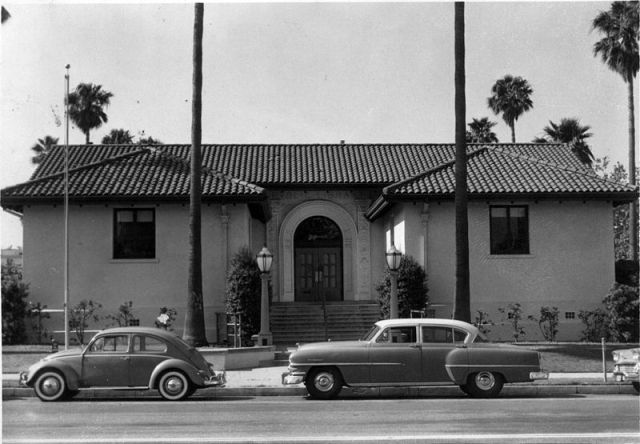One of the little thrills of contemporary life: when you pre-order a book and it shows up magically on your Kindle. Even if I know it’s going to happen, I find it exciting. And of course when the book is Tana French’s latest, I’m beside myself!
Only. Oh, dear. Maybe it’s me. I hope it’s me. Unreasonable expectations. But I didn’t actually love The Secret Place. Too slow. Too talky. A little too loopy. And you know, French is such a wonderful writer you’ll give her all kinds of liberties you wouldn’t let anyone else have. Here, for instance, incidental paranormal activity never gets resolved. (Can those girls really levitate small objects and burn out light bulbs?) Lots of supercharged description of nature, maybe ghosts — actually in a way French is edging up to the wonderful Fred Vargas, whose procedural mysteries routinely incorporate the supernatural. That wouldn’t be a problem, except that The Secret Place got a little…. tedious.

Hyacinths are placed on the body. Less of a clue than you might have thought.
Here’s the premise: a young man is killed on the grounds of a posh Irish boarding school. He’s a student at St. Colm’s and his body is found next door at the girls’ school, St. Kilda’s. There’s a lot of routine procedural stuff: how he got over the wall, who texted whom, which girls fancied which boys, etc. French spends enormous energy on the supercharged atmosphere of a girls’ boarding school, which I tell you as a kind of warning. It’s effective, but intense. Lots of minute scrutiny, he-said, she-said, hormones, lipgloss, mean nuns, and Uggs.
The narrator is Stephen Moran, a young detective called in to work with the abrasive Antoinette Conway who is widely loathed in the Dublin Murder Squad. Young, easy-going, he coaxes answers out of the packs of girls. French has chosen to honor the dramatic unities of time and place in The Secret Place, so it mostly occurs (with flashbacks), in the course of a day, on the grounds of St. Kilda’s. The suspects are narrowed down to two sets of friends, one group of superficial bitches (think Mean Girls with Irish accents) and one set of thoughtful, quirky girls who see their friendship as nearly magical.
Have you noticed this about French? It’s all about the friendships. Remember The Likeness? Remember the wistful, can’t-get-out-of-his own way Scorcher Kennedy in Broken Harbor? Families just do your head in, romances stutter to a stop, but friendship offers the only real barrier against loneliness in French’s universe. In the course of the day at St. Kilda’s, Moran and Conway work together easily. The hackles come down, they tiptoe toward trusting each other, Moran ruminates about a lifetime of calculated choices and begins to see how that might change.
One of the girls, of course, is a murderer. In this book, though, it’s just a little too easy to lose track of that.











